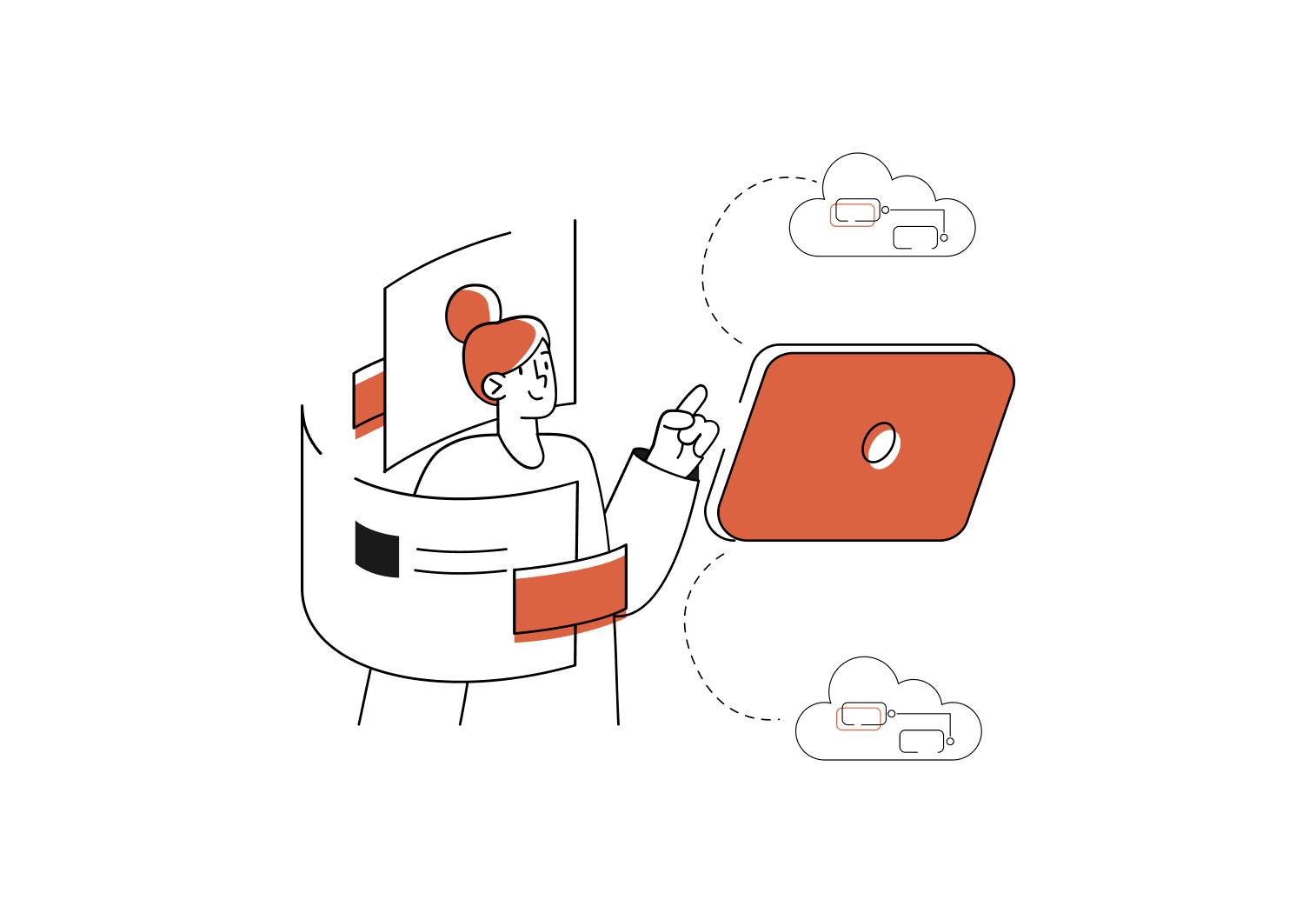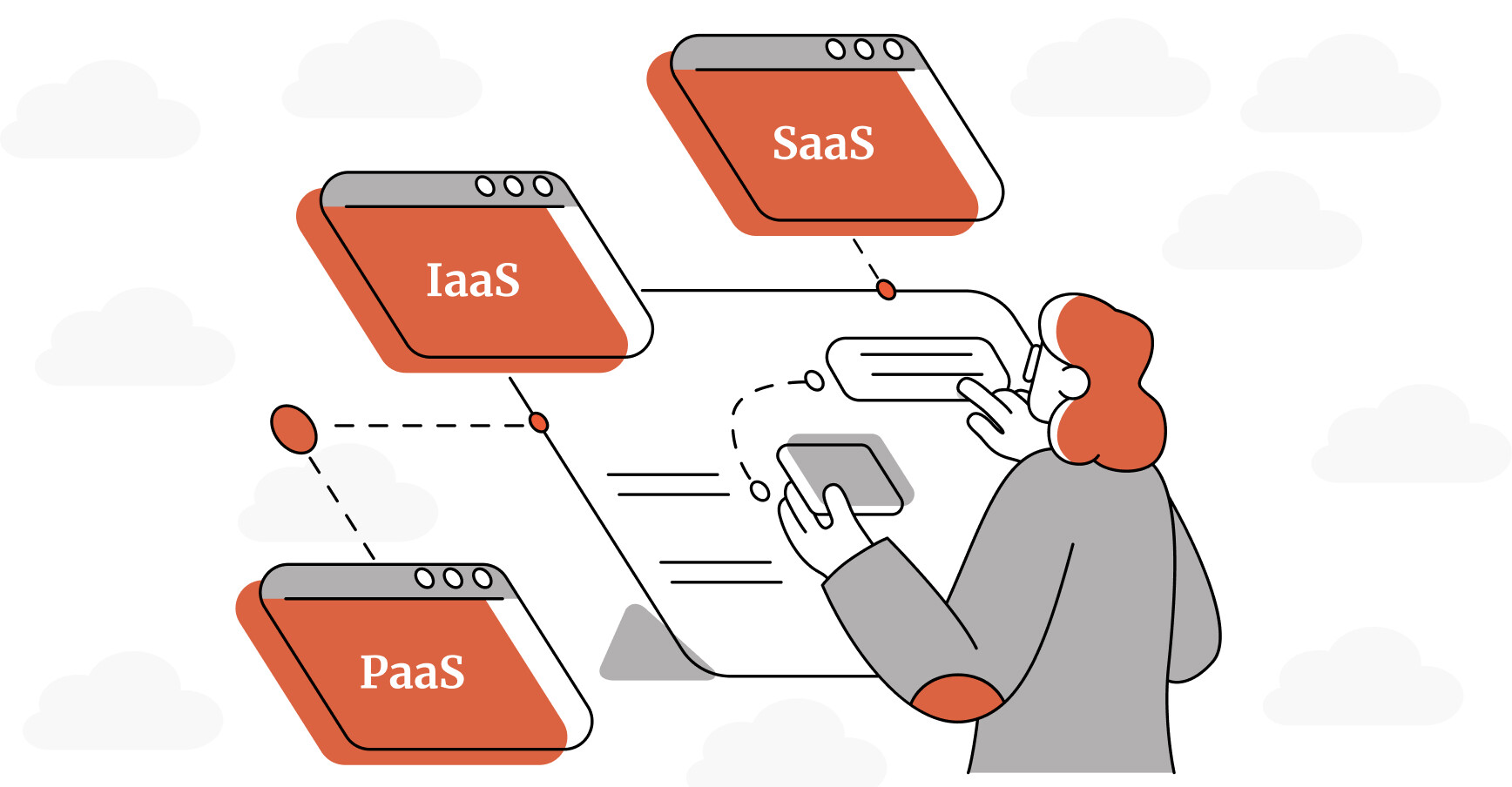In this article
These days portable PCs come in all shapes and sizes, so make sure you weigh up your options carefully when looking for a travel companion.
Smartphones and tablets are certainly useful, but for most of us there still comes a time when you need a real computer to get things done. Today’s slimline notebooks and hybrids are barely larger than an iPad, with the benefit of running Windows, but there are so many options that it can be tough to choose the best fit for your travel bag.
Like any IT purchase, it’s best to start by mapping out your requirements and answering a few simple questions to help narrow down your options.
Are you looking for an everyday workhorse, or a secondary computer that you’ll only use when you’re away from the office? Are you just performing simple office tasks, or do you need extra grunt to meet the demands of multimedia editing or other high-end work? How often will you end up carrying your travel computer on your shoulder, plus how important is the size of the screen and the quality of the keyboard?
The best balance between portability and usability tends to be a 13-inch screen. Much larger and your device becomes too big and heavy to carry around all day. Much smaller and the screen size becomes an issue, plus the keyboard becomes too cramped.
Unfortunately, even many travel-friendly 13-inch and 15-inch notebooks skimp on the quality of the keyboard and trackpad, so if you spend your days typing then you’ll want to shop with care. Make sure you look at the new generation of hybrid devices with keyboards that fold back behind the screen or rip off completely when not needed.
If your computer needs to survive a few bumps on the road, then you might forgo a slender design in favour of something more rugged. More than just surviving a drop with the screen intact, some portable computers are also water- and dust-proof to cope with tasks that require you to get your hands dirty.
Next you should consider the grunt under the bonnet. Even if your needs are simple, you should approach budget Celeron and Atom-powered devices with caution. These processors might be fine for students, but business folk are likely to find that they groan under the strain of running several applications at once.
Consider stepping up to Intel’s Core i3 or i5 with at least 4GB of RAM, or perhaps the Core i7 if you tend to push your portable computer to the limit. Also, look to the new Core M processors, which pack plenty of grunt but allow for thinner, fanless designs with improved power management.
The trade-off is that more powerful processors tend to come at the expense of battery life, so you’ll need to find the best balance to suit your needs – depending how far you tend to roam from a power point.
Don’t rush into buying a portable computer for work – it’s important to do your homework so you end up with the best tool for the job.



